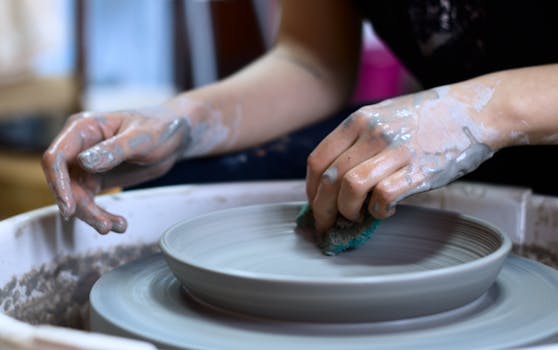How to Prevent Mold in the Bathroom Using Waterproofing Materials and Adequate Ventilation
Mold is a common problem in bathrooms due to the high levels of moisture and humidity. It not only poses health risks but can also damage your home. Fortunately, preventing mold growth is achievable through the use of waterproofing materials and ensuring adequate ventilation. This article will explore effective strategies to keep your bathroom mold-free.
The Importance of Waterproofing Materials
Waterproofing materials are essential in creating a barrier against moisture, which is the primary catalyst for mold growth. By using these materials, homeowners can significantly reduce the likelihood of mold infestations.
Types of Waterproofing Materials
There are several types of waterproofing materials that can be effectively used in bathrooms:
- Waterproof Paint: Specially formulated paints can be applied to walls and ceilings to create a moisture-resistant barrier.
- Sealants: Silicone or polyurethane sealants can be used around sinks, tubs, and showers to prevent water from seeping into cracks and crevices.
- Waterproof Membranes: These are sheets or liquid-applied products that can be installed under tiles or behind walls to prevent moisture penetration.
- Water-Resistant Drywall: Also known as green board, this type of drywall is designed to resist moisture and is ideal for bathroom use.
Case Study: Successful Waterproofing
A recent case study in a residential building in Seattle highlighted the effectiveness of waterproofing materials. The homeowners reported persistent mold issues until they decided to invest in waterproof paint and sealants. After applying these materials, they noticed a significant reduction in mold growth, leading to a healthier living environment.
Ensuring Adequate Ventilation
While waterproofing materials are crucial, they are not a standalone solution. Adequate ventilation is equally important in preventing mold growth. Proper airflow helps to reduce humidity levels, making it difficult for mold to thrive.
Effective Ventilation Strategies
Here are some effective strategies to improve ventilation in your bathroom:
- Install Exhaust Fans: A high-quality exhaust fan can help remove moisture-laden air from the bathroom. It is recommended to run the fan for at least 30 minutes after a shower.
- Open Windows: If possible, open windows during and after bathing to allow fresh air to circulate and reduce humidity levels.
- Use Dehumidifiers: In particularly humid climates, a dehumidifier can be an effective tool to maintain optimal humidity levels.
- Keep Doors Open: Leaving the bathroom door open while showering can help promote airflow and reduce moisture buildup.
Statistics on Ventilation and Mold Prevention
According to the Environmental Protection Agency (EPA), proper ventilation can reduce indoor humidity levels by up to 50%. This reduction is crucial, as mold thrives in environments with humidity levels above 60%. By implementing effective ventilation strategies, homeowners can significantly decrease the risk of mold growth.
Combining Waterproofing and Ventilation
The most effective way to prevent mold in the bathroom is to combine waterproofing materials with adequate ventilation. This dual approach creates a comprehensive strategy that addresses both moisture intrusion and humidity control.
Best Practices for Mold Prevention
To maximize your efforts in preventing mold, consider the following best practices:
- Regularly inspect and maintain waterproofing materials to ensure they remain effective.
- Clean and dry any spills or leaks immediately to prevent moisture accumulation.
- Monitor humidity levels using a hygrometer and aim to keep them below 50%.
- Consider using mold-resistant products, such as mold-resistant caulk and grout.
Conclusion
Preventing mold in the bathroom is a critical aspect of maintaining a healthy home environment. By utilizing waterproofing materials and ensuring adequate ventilation, homeowners can effectively combat mold growth. The combination of these strategies not only protects your health but also preserves the integrity of your home. Remember to regularly inspect your bathroom for signs of moisture and mold, and take proactive measures to keep your space clean and dry. With diligence and the right materials, a mold-free bathroom is within reach.
